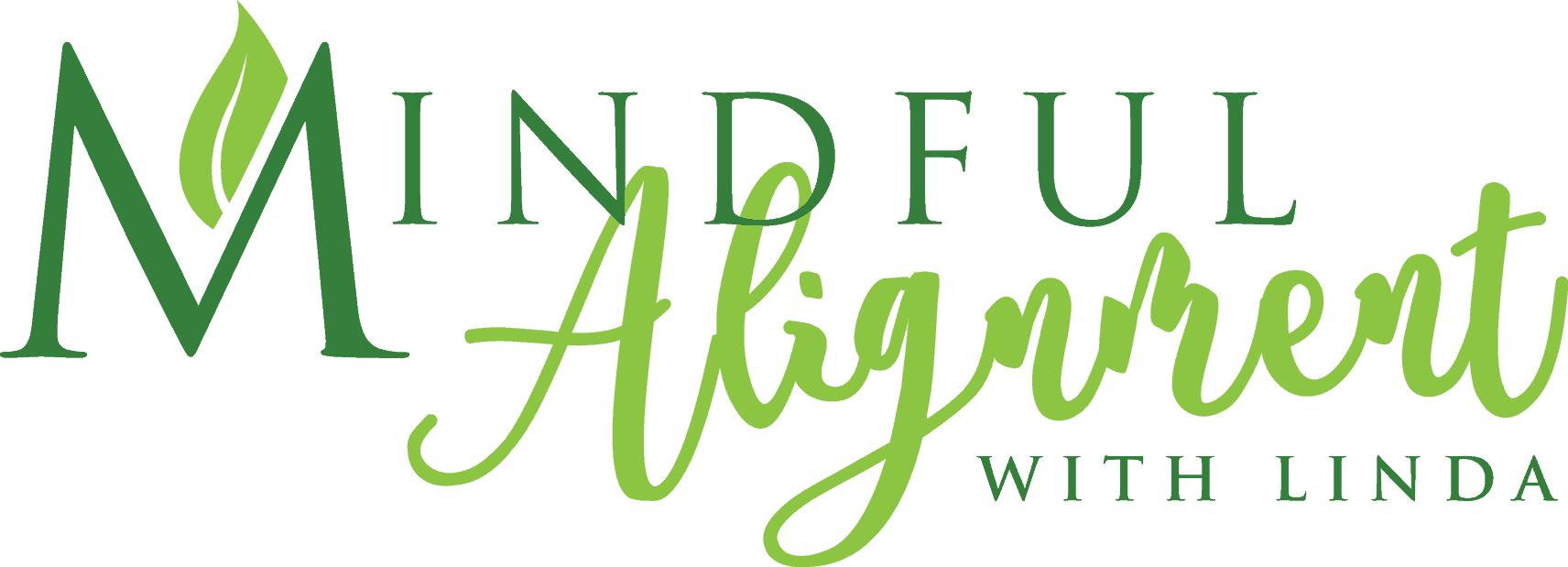Strengthen Pelvic Floor Muscles to Reduce Back Pain with 5 Simple Exercises
How Your Pelvic Floor Can Affect Your Lower Back
Having weak pelvic floor muscles can contribute to, or even be the primary cause of, low back pain. Strengthening your pelvic floor can be an effective way to help reduce or eliminate low back pain.
Low back pain is a common condition that affects millions of people worldwide. It can range from mild to severe and can be caused by various factors, including poor posture, pregnancy, age-related degeneration, and injury.
Managing Low Back Pain Through Pelvic Floor Exercises
Pelvic floor exercises are an effective way to manage lower back pain. These exercises target the pelvic muscles that support the spine and help reduce tension in the lower back muscles and support the abdominal organs. They also help improve core stability and posture, reducing strain on the lower back muscles. Other benefits include improved balance; lowered risk of falls; improved breathing; prevention of back pain and improved circulation.
With regular practice that includes Kegel exercises, pelvic tilts and knee raises, you can effectively relieve low back pain and improve overall health.
Yoga poses are also a great way to strengthen your pelvic floor muscles. When done correctly and with proper alignment, yoga postures can help tone the core muscles to improve their strength and endurance.
The following yoga poses help to activate your pelvic floor muscles, increasing their strength and stability. Using proper form when doing yoga poses is essential to maximize the benefits for your pelvic floor.
Bridge Pose:
- Start by laying on your back with your feet flat on the floor and your arms by your side
- Press into your feet and lift your hips off the ground, pressing your chest towards the sky
- Keep your back neutral and press firmly into the mat
- Engage your core muscles as you press down through both feet to reach an even higher peak of the pose
- Hold a few breaths, then slowly lower your hips to the mat
Cat/Cow Pose:
- Start on your hands and knees (all 4’s) with your wrists directly under your shoulders and hips over your knees
- Inhale, press into all 10 toes evenly, then drop your belly as you lift your sternum and heart up to the sky
- On the exhale, press down through your fingers and toes and round through your spine like a cat stretching out its back
Squat Pose:
- Stand with your feet hip-width apart and toes slightly pointing out
- Bend your knees and lower down into a squat, keeping your chest lifted and spine long
- Hold the pose for a few breaths, then slowly rise to standing
Plank:
- Start in a plank position with your hands under your shoulders and your legs straight with your toes on the floor keeping your back straight
- Begin to alternate pressing down through your right hand and left foot, then lift your left hand and right foot off the floor
- Keep the breath even.Keep your core engaged as you move back and forth between each arm/leg switch
- Continue for 10-15 repetitions keeping your breath even
Bird Dog:
- Start on your hands and knees (all 4’s) with your wrists directly under your shoulders and hips over your knees
- On an inhale, lift and extend one arm forward while the opposite leg lifts behind you in a straight line
- Be sure to engage your core muscles as you hold this pose for a few breaths
- Return to starting position, then switch sides and repeat
The yoga poses mentioned above are just a few yoga postures that can strengthen the pelvic floor.
In addition, the diaphragm is an integral part of this process. As you inhale, the diaphragm contracts and moves downward, forcing air into the lungs and expanding the rib cage. On your exhale, the diaphragm relaxes, moving upward and allowing air to be expelled from the lungs.
During core-focused workouts, engaging your diaphragm can help you get a deeper breath, exert pressure on the internal organs, and strengthen the pelvic floor. Notice how your body moves with each inhalation and exhalation so that you can focus on achieving better overall health.
By incorporating yoga poses and proper breathing techniques into your fitness routine, you can experience the many benefits of yoga and breath work, improve the strength of your pelvic floor muscles and reduce your back pain. Remember to practice yoga safely and with proper form for maximum benefit.
Interested in additional methods to help reduce back pain?
Here are a few videos to help get you started:
Are you tired of living with pain?
Are your activities and daily choices determined by your level of pain?
Are you ready to change your life for the better and gain back your physical freedom?
My unique and custom designed approach comes from years of training, education and experience. Together, we will get you back to living pain free and enjoying life.
Sign up for a private session today
It’s never too late to try something new.

Related Articles:
Beyond Calcium: The Power of Yoga for Bone Health
Discover how yoga supports bone health and osteoporosis prevention. Learn science-backed poses that strengthen your skeleton and reduce fracture risk.
The Motivation Paradox: Action is the Catalyst for Healing Back Pain
Discover the Motivation Paradox of Back Pain—why waiting for motivation keeps you stuck and how action is the true catalyst for healing. Learn science-backed strategies to break the pain cycle and reclaim mobility.
Transform Back Pain Anxiety: From Uncertainty to Empowerment
Discover how to navigate pain anxiety with empowerment. Embrace uncertainty and reclaim your healing journey through mindfulness and resilience.
Transforming Your Relationship with Back Pain: A Mindset Revolution
Back pain is more than a physical challenge—it's a profound psychological journey. The real battle isn't just in your muscles and joints, but in your mind. Your thoughts can either be a prison or a pathway to healing. Reframing Your Inner Narrative When chronic pain...




